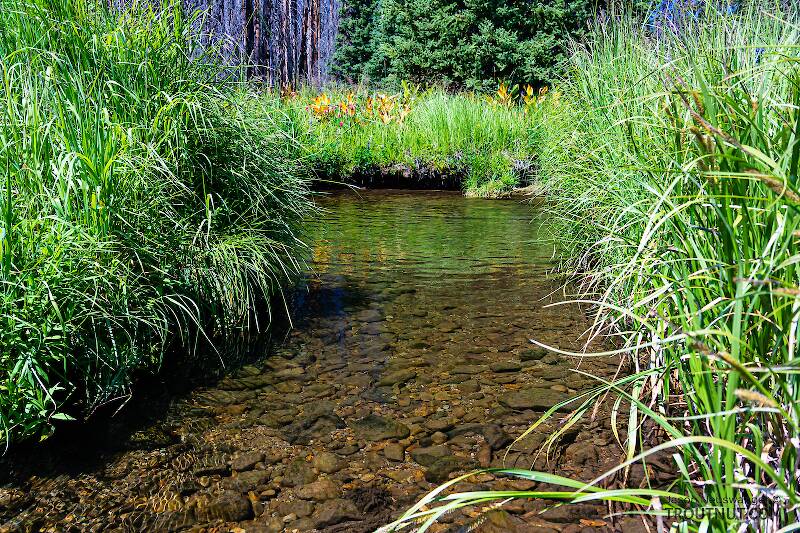
Salmonflies
Pteronarcys californica
The giant Salmonflies of the Western mountains are legendary for their proclivity to elicit consistent dry-fly action and ferocious strikes.


Mayfly Species Ironodes arctus
Species Range
Physical description
Most physical descriptions on Troutnut are direct or slightly edited quotes from the original scientific sources describing or updating the species, although there may be errors in copying them to this website. Such descriptions aren't always definitive, because species often turn out to be more variable than the original describers observed. In some cases, only a single specimen was described! However, they are useful starting points.
Male Spinner
Wing length: 9.5 mm
Thorax darker red-brown, penes more slender than in allied species; abdominal segments reddish.
Eyes of male large, contiguous apically. Head purple-brown. Thorax dark red-brown; mesonotum almost black-brown. Paler red-brown areas on pleura; depressions on each side of scutellum black-brown. Fore legs red-brown; femora yellow-tinged; apex of tibia, and tarsal joinings, blackish. Middle and hind legs paler red-brown, with yellow tinge; tarsi deep smoky; claws and all joinings darker. Wings hyaline; venation dark red-brown; stigmatic area not brown-tinged. 6 to 7 basal costal cross veins; about 9 stigmatic veins, simple, almost straight.
Abdominal segments 2-7 semi-hyaline, light red-brown; anterior fourth of each whitish hyaline, except sternite 7, so that abdomen appears annulate. Pleural fold red-brown. Posterior margins not noticeably darker or more opaque than preceding area, except slightly on dorsal portions of tergites. Segments 8-10 opaque, darker red-brown. Tails dark red-brown. Penes (see fig. 109) more slender than in Irondes lepidus and with no such subapical spines as in that species. Second joint of the forceps much as in Ironodes nitidus. Two small spine-like structures between bases of penes may be artifacts.
Start a Discussion of Ironodes arctus
References
- Needham, James G., Jay R. Traver, and Yin-Chi Hsu. 1935. The Biology of Mayflies. Comstock Publishing Company, Inc.
Mayfly Species Ironodes arctus
Species Range
Resources
- NatureServe
- Integrated Taxonomic Information System
- Global Biodiversity Information Facility
- Described by Traver (1935)

